RCA Thorax 1: Intercostal spaces and female breast
Angeheftet an
509
0
0
|
|
Erstellt von Ashutosh Kumar
vor etwa 8 Jahre
|
|
Schließen
|
|
Erstellt von Ashutosh Kumar
vor etwa 8 Jahre
|
|

Name 2, 7 and 4:
Name 3 and what structure it articulates with:
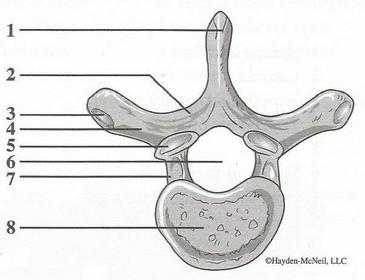
Name 2, 10 and 5:
Name the structures they articulate with:
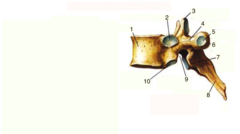
Name 1, 2, 3, 4, 5 and 6:
Name the structures 1 and 3 articulate with:
Name what runs in 6:
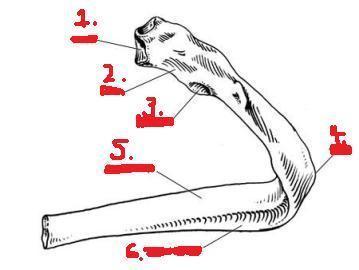
Describe the type of ribs shown in red:
Describe the type of ribs shown in green:
Describe the type of ribs shown in blue:
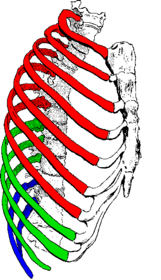
Name 1, 2, 3 and 4:
Name the surface landmarks:
Name the rib level and thoracic vertebra level 4 corresponds to:
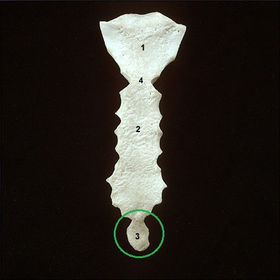
Name the procedure shown here:
Name the 3 indications:
Describe the procedure:
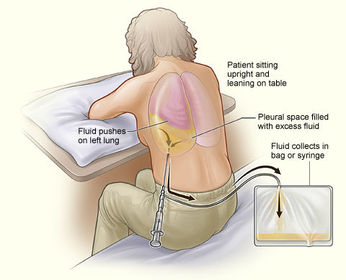
When inserting an intercostal needle or chest drain, why is it important to stay just above a rib border?
Name the two folds demarcated by the two red boxes:
Name what these folds are made by:
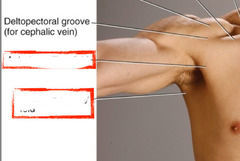
Name:
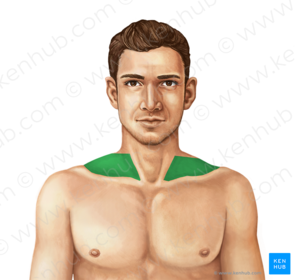
Name:
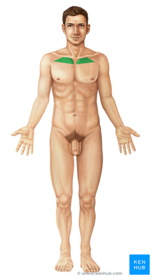
Name the innervation and blood supply to the region labelled LC:
Name the innervation and blood supply to the region labelled AC:
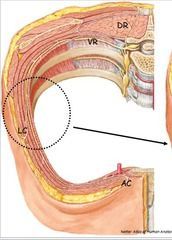
Name the divisions of the breast:
State the percentages of breast cancer involvement for each division:
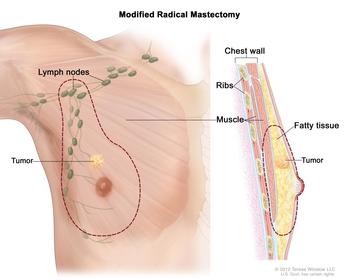
Describe the average extent of breast vertically:
Describe the average extent of breast horizontally:
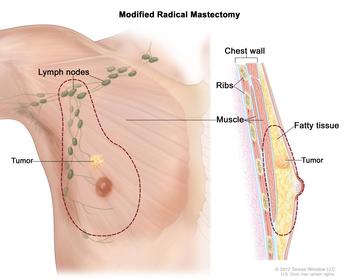
Name 1-8:
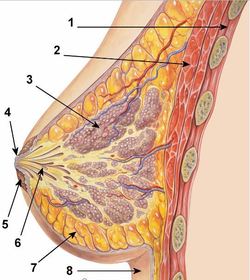
Name the sources of blood supply to the breast:
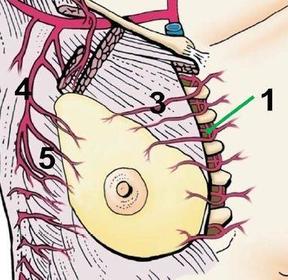
Name the region highlighted in green:
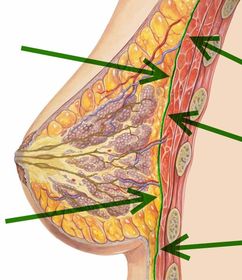
Name the structure highlighted in green:
Describe the structure:
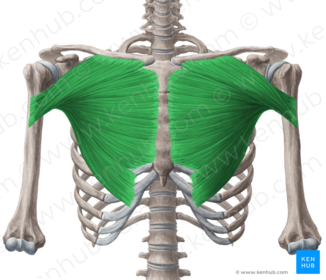
Name the structure asterisked:
Name what this structure lies deep to:
Name the origin and insertion:
Name the structures which pass through:
Name the structures enveloped:
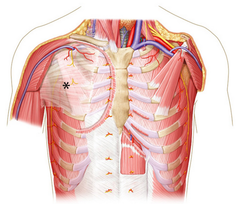
Name:
Structures which lie deep that are important in breast cancer:
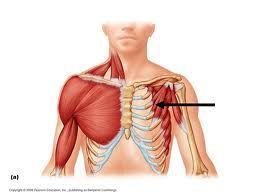
Name the structure:
Name the procedure in which the structure is commonly utilized:
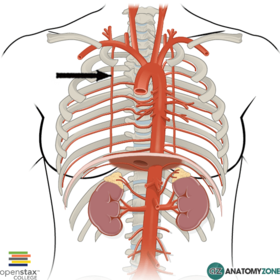
Describe the outline of how to interpret a chest radiograph:
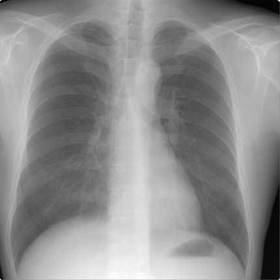
Name the procedure shown:
Describe the procedure:
Describe the indications of the procedure:
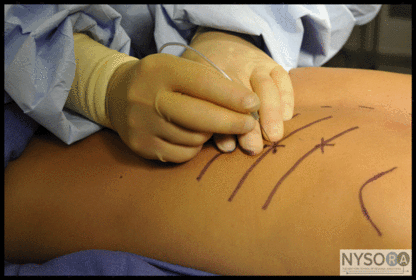
Why is the posterior region of an intercostal space selected?
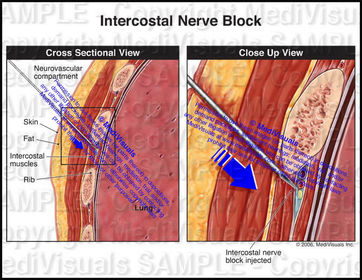

 Verberge bekannte Karten
Verberge bekannte Karten